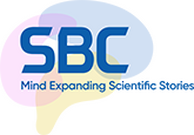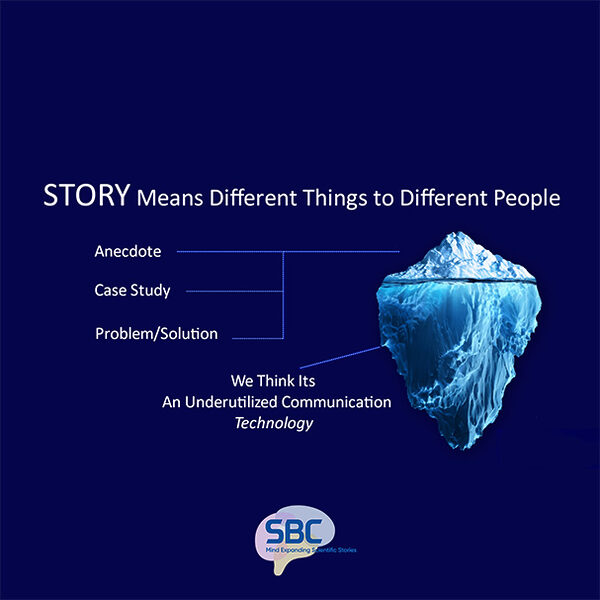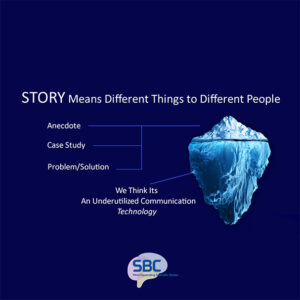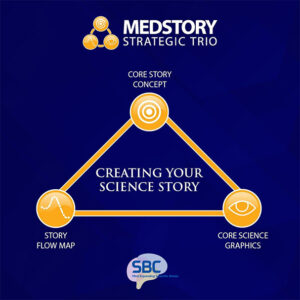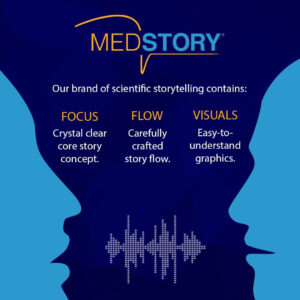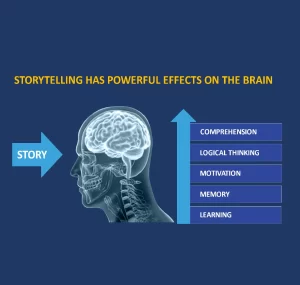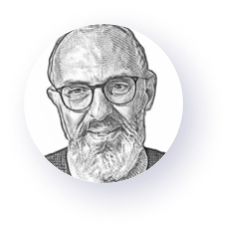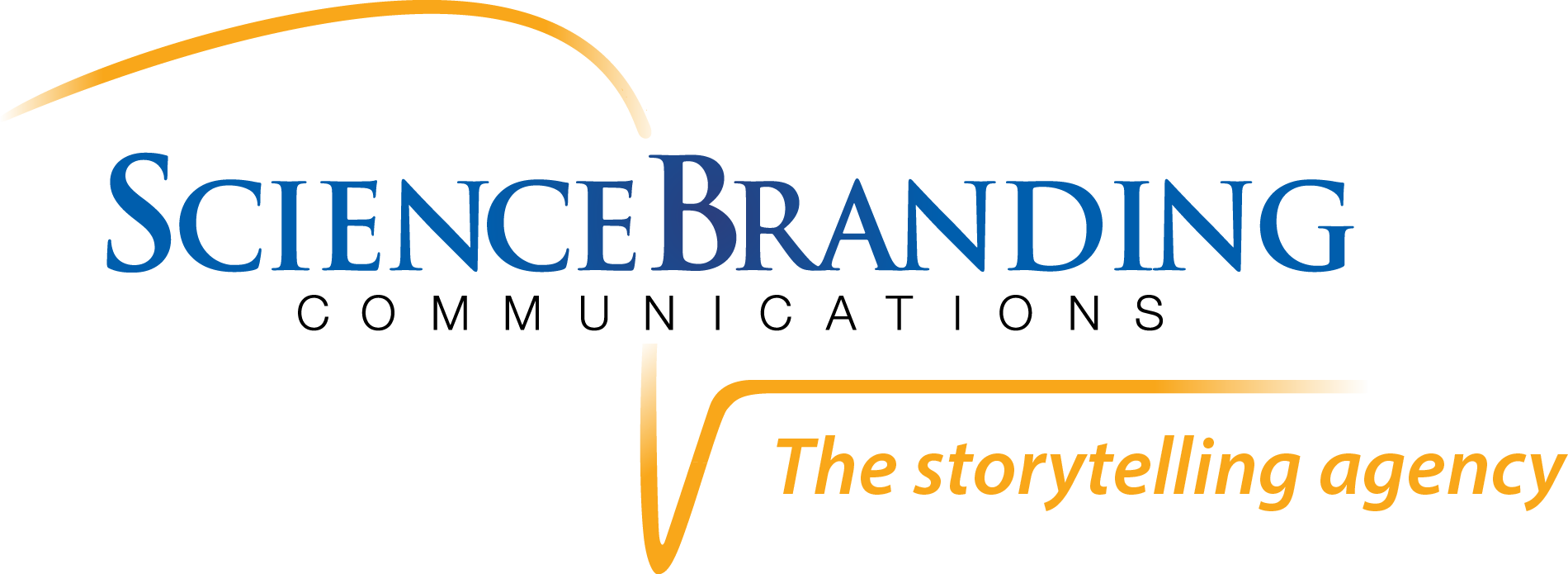Why Story Works
Most individuals have an inherent understanding of what it means to tell a story; however, it can mean different things to different people. People use anecdotes thinking they are telling a good story. Other ways “story” is conveyed is through messaging and case studies that simply present facts and data or through identifying a problem and then providing a solution. These are good examples of story, but at Science Branding Communications, these are just the tip of the iceberg. We leverage the full power of storytelling by first creating a compelling, curiosity-generating hook or “attack point” and then building your full story from there, using multiple dramatic tension points. It’s a sophisticated process that utilizes the brain’s most familiar way of understanding and retaining information. We think of it as a communications technology that is underutilized in science communication.
How Storytelling Is Different
Why do we feel this way? It’s because storytelling has powerful effects on the brain. It ultimately increases comprehension, logical thinking, motivation, memory, and learning. The art of scientific storytelling is to create a captivating narrative that engages your audience to learn and remember important information. Using the power of scientific storytelling in your medical communications can help you stand out from the competition and, for early-stage companies, can improve investor relations through increased understanding of valuable science. We can transform your complex disease and drug presentation into a powerful and exciting story that keeps your audience engaged, enhances their ability to absorb and understand your message, and greatly improves recall.
You can learn more about our unique storytelling approach and how it can work for you by checking out our website or by contacting us at bcoccia@sciencebranding.com